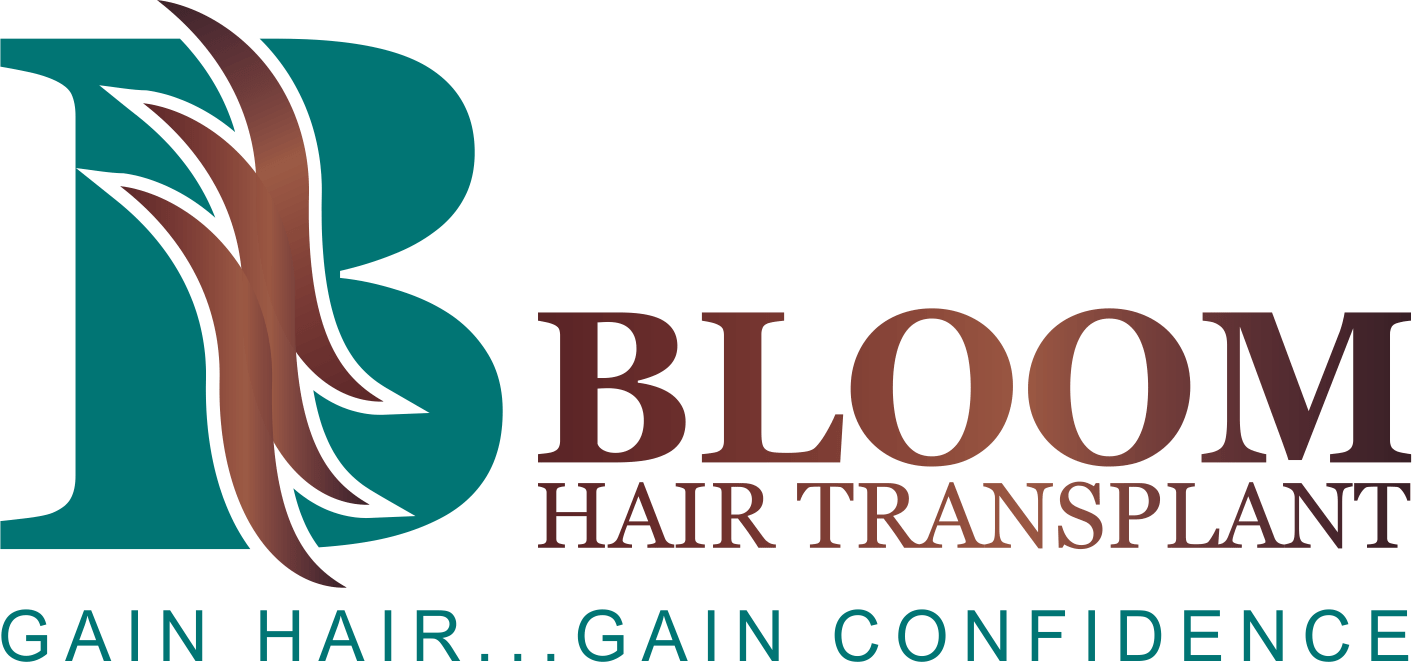

Unlocking Confidence: A Comprehensive Guide to Overcoming Female Pattern Baldness Through Hair Restoration
Introduction:
In a world where appearance often plays a significant role in how we perceive ourselves and how others perceive us, dealing with female pattern baldness can be emotionally challenging. Hair is not just about aesthetics; it’s tied to identity, confidence, and self-esteem. However, with advancements in hair restoration techniques, overcoming female pattern baldness is more achievable than ever before. In this blog, we’ll delve into the causes of female pattern baldness, explore various hair restoration options, and offer practical tips for regaining confidence and embracing your natural beauty.
Understanding Female Pattern Baldness:
Female pattern baldness, also known as androgenetic alopecia, is a common condition characterized by gradual hair thinning, particularly at the crown and along the part line. While it’s more prevalent in men, it affects millions of women worldwide. Genetics plays a significant role, but hormonal imbalances, aging, stress, and certain medical conditions can also contribute to its onset.
Hair Restoration Options:
Fortunately, there are several effective hair restoration options available to combat female pattern baldness:
1) Topical Treatments: Over-the-counter and prescription topical treatments, such as minoxidil (Rogaine), can help slow down hair loss and stimulate regrowth by increasing blood flow to the scalp.
2) Oral Medications: Finasteride (Propecia) is an oral medication that can help block the production of dihydrotestosterone (DHT), a hormone linked to hair loss in both men and women. However, it’s not FDA-approved for use in women of childbearing age due to potential risks during pregnancy.
3) Low-Level Laser Therapy (LLLT): LLLT uses red-light wavelengths to stimulate hair follicles, promote blood circulation, and encourage hair growth. It’s typically administered through handheld devices or in-office treatments.
4) Hair Transplant Surgery: Hair transplant surgery involves transplanting hair follicles from donor areas (usually the back or sides of the scalp) to thinning or balding areas. Techniques like follicular unit transplantation (FUT) and follicular unit extraction (FUE) offer natural-looking results with minimal scarring.
Regaining Confidence:
While hair restoration treatments can help address the physical aspects of female pattern baldness, it’s essential to focus on building confidence from within:
1) Embrace Self-Care: Practice self-care routines that prioritize your overall well-being, including exercise, healthy eating, adequate sleep, and stress management techniques like meditation or yoga.
2) Experiment with Hairstyles: Explore different hairstyles, cuts, and hair accessories that complement your unique features and personality. Consulting with a hairstylist experienced in working with thinning hair can provide valuable insights and options.
3) Seek Support: Connect with friends, family, or support groups who understand what you’re going through and can offer empathy, encouragement, and practical advice.
Conclusion:
Overcoming female pattern baldness is a journey that requires patience, perseverance, and self-compassion. By exploring the various hair restoration options available, practicing self-care, and embracing your unique beauty, you can reclaim your confidence and live life to the fullest. Remember, true beauty radiates from within, and your worth is not defined by the thickness of your hair but by the strength of your spirit.



